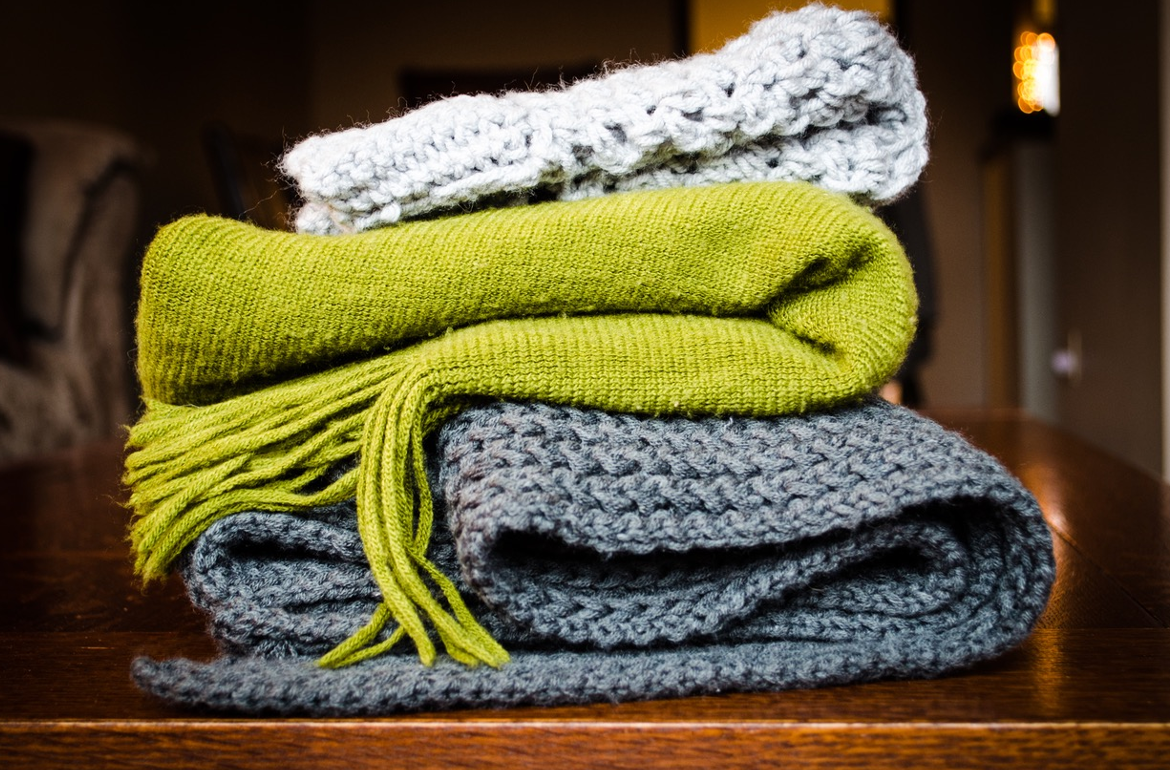Microfiber Madness: Synthetic Fabrics Harm Wildlife, Poison the Food Supply and Expose You to Toxic Chemicals
Author: Reynard Loki | Published on: July 20, 2016
Doing laundry isn’t something most of us enjoy doing. And now the evidence is clear that the world’s aquatic animals don’t enjoy it either. It turns out that clothes made from synthetic fibers shed tiny plastic microfibers in every wash. This fibrous debris goes from your washing machine, through the municipal sewage system and ends up in all sorts of waterways—marine, coastal and freshwater—where the tiny fibers are ingested by fish, crabs and other aquatic wildlife. In turn, many of these animals end up in our food supply—and on our dinner plates. It seems we are slowly, and literally, eating the shirts off our backs.
A host of recent studies have sounded alarm bells. One frightening conclusion is that these microfibers—a subcategory of microplastics—are even more pervasive in the environment than microbeads, tiny plastic beads common in beauty products that were recently banned in the United States.
One of first researchers to lift the veil on this environmental crisis was ecologist Mark Browne. In 2011, Browne, now a senior research associate at the University of New South Wales in Australia, published a paper in the journal Environmental Science and Technology that concluded microfibers from synthetic fabrics like nylon and acrylic make up 85 percent of human-made debris across the world’s shorelines. The vast majority of that synthetic waste is being released from clothing when it’s washed in laundry machines.

